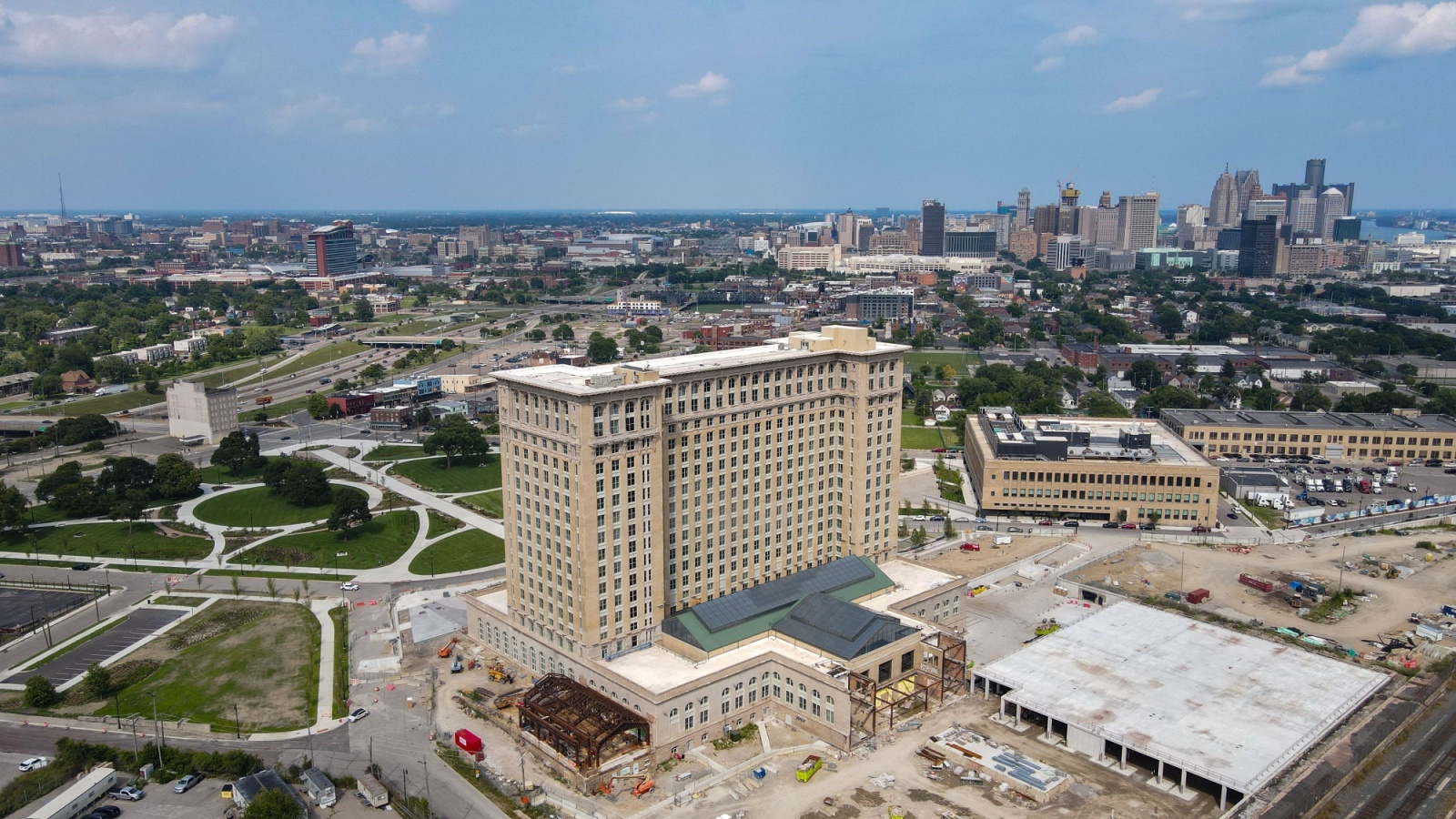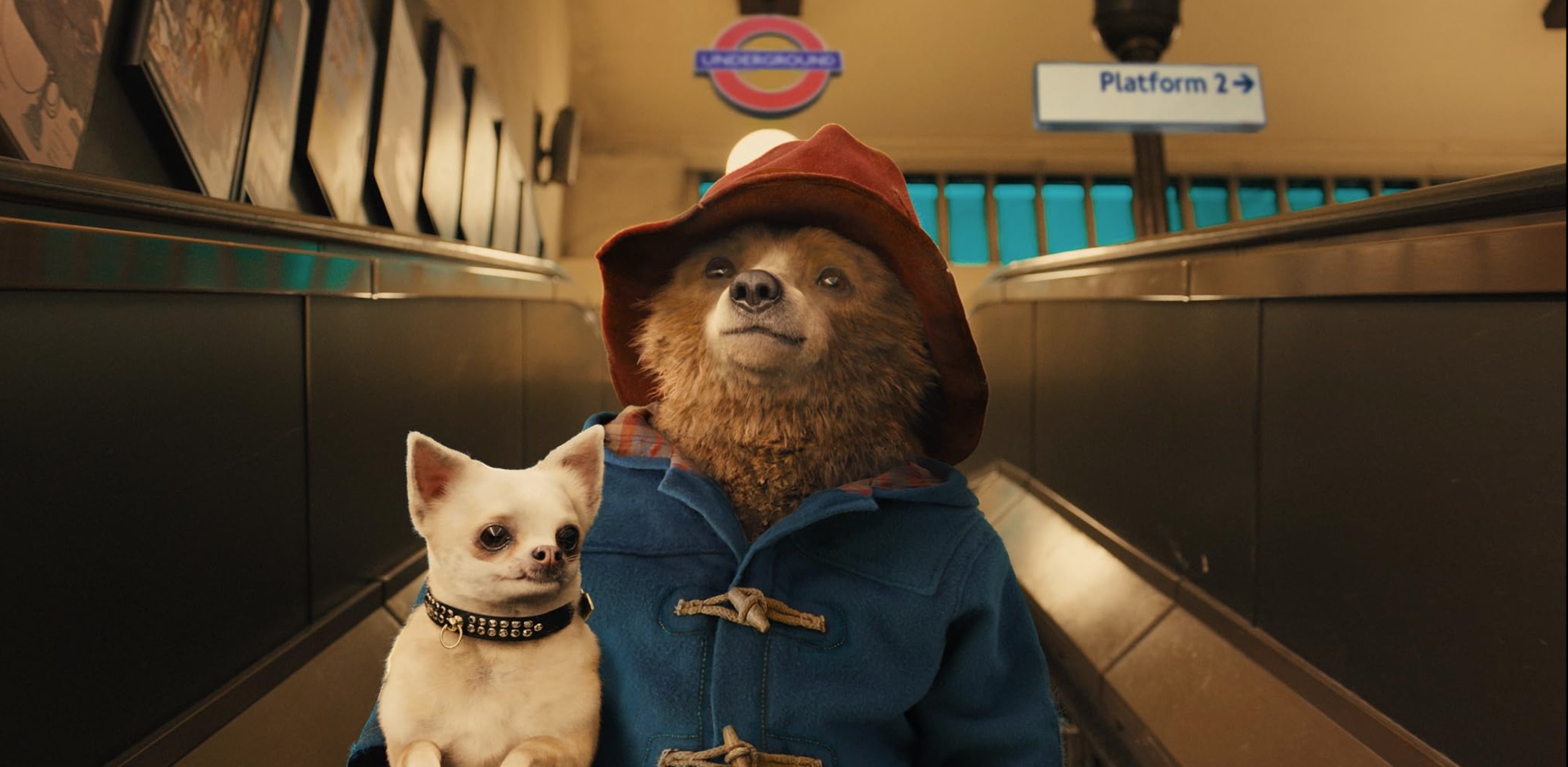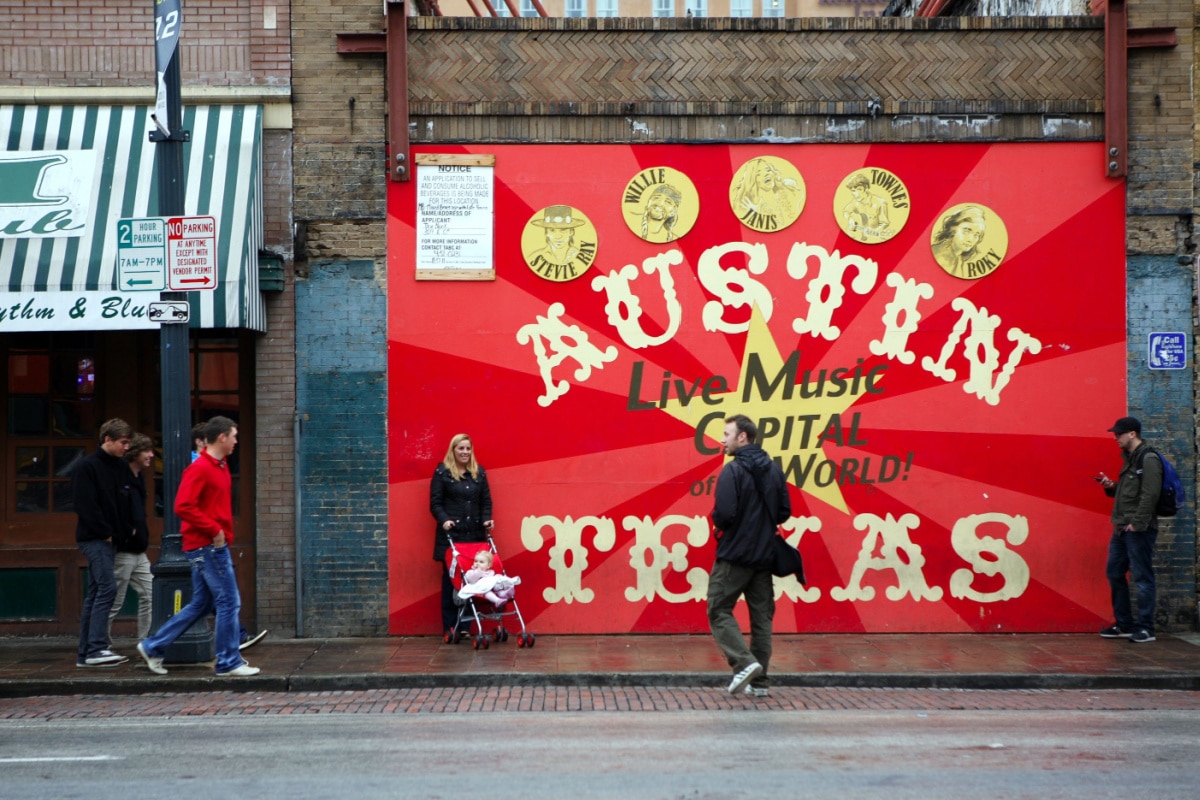The United States is a huge country with so many incredible cities, but some areas have less than welcoming reputations. These “bad parts of town” get a lot of bad press, often painted as crime-ridden danger zones where you’ll end up a victim if you so much as set foot there.
But interestingly, some of these formerly tough neighborhoods might surprise you. Often labeled as unwalkable murder zones with gangs, drugs, and poverty, they’ve gotten a bad rap. The media doesn’t always help, blowing things out of proportion. If you dig into crime stats and chat with locals, you might find that these places are safer than their reputation suggests. It’s worth taking a closer look!
Southie (South Boston), Massachusetts
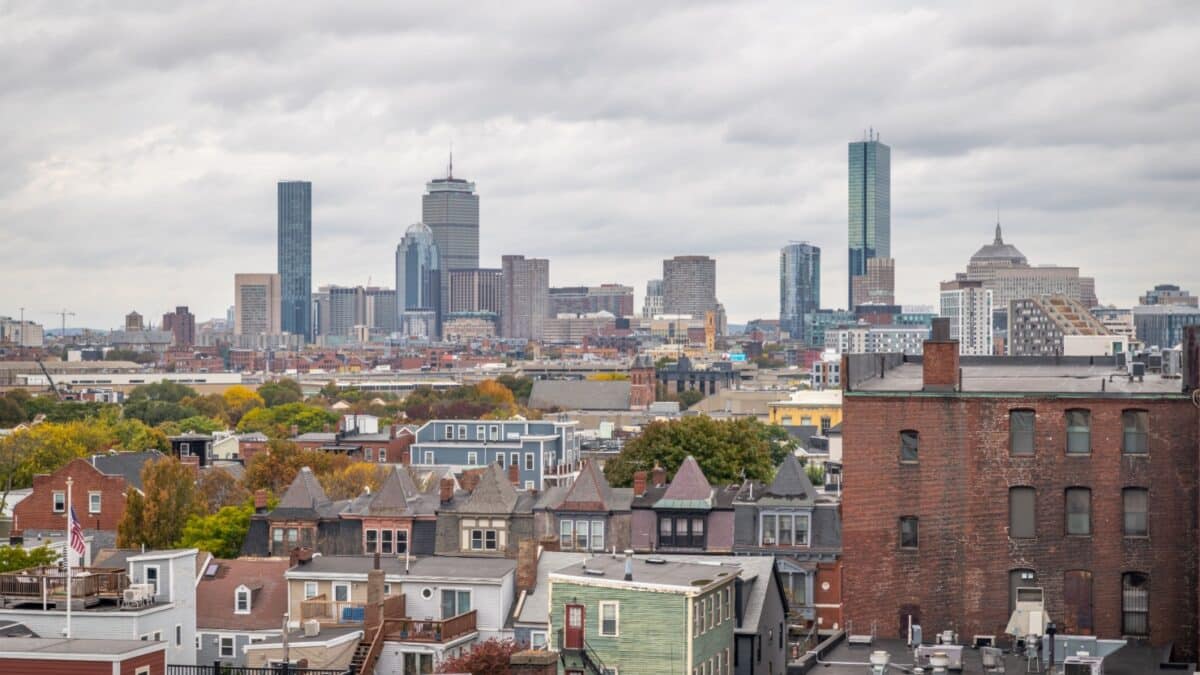
Known for its Irish immigrant roots, Southie started as a gritty, rough-and-tumble working-class neighborhood. But if you look at statistics today, crime rates are as low as 0.02 per 1,000 residents, far below the national average. It is located south and east of downtown Boston and includes areas like Telegraph Hill, Fort Point, and the bustling Seaport District.
Southie is a hotspot for college students looking to bar-hop, with the beach just a short stroll away and great seafood in the Seaport District. According to residents, the only downside is that public transportation isn’t the best, and Boston’s notorious traffic is hectic.
Bronx, New York City, New York
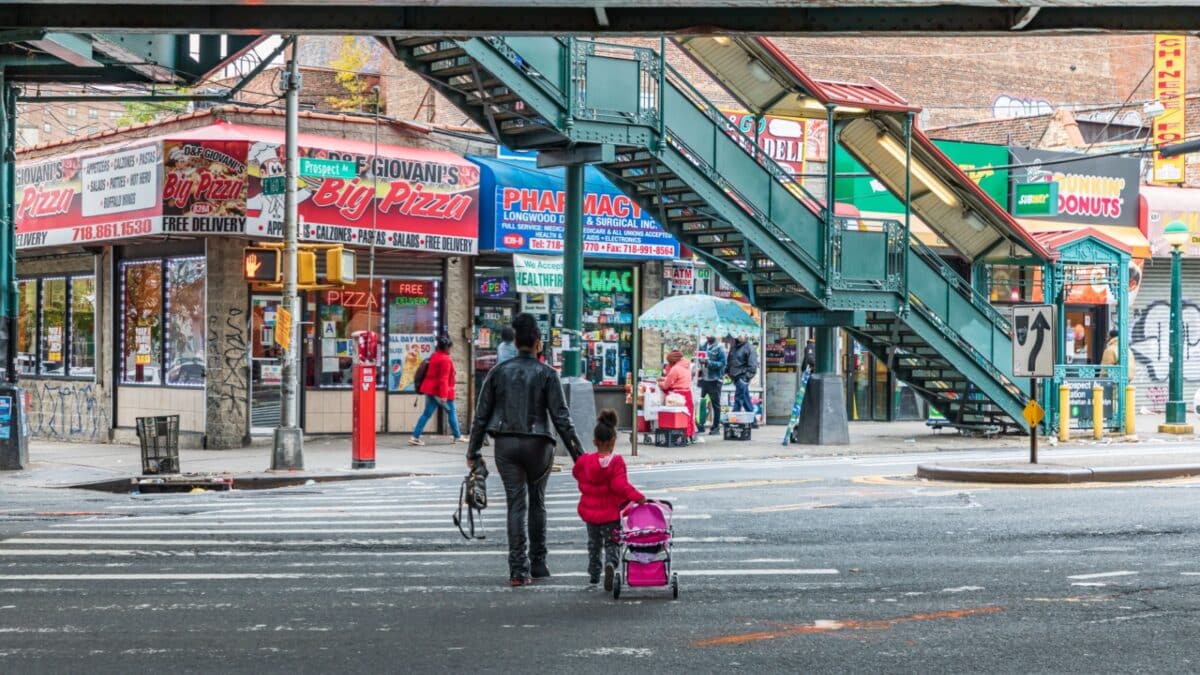
The Bronx has a bit of a rough reputation, especially considering its portrayal in mobster movies, but it’s much safer today than it was in the ’70s or ’80s. While it’s still considered NYC’s most dangerous borough, it has nice spots and rougher spots. Plus, it’s far safer compared to cities like Detroit or Baltimore, where violent crime rates are much higher.
Stick to neighborhoods like Country Club, Morris Park, and Riverdale, and you’ll be fine. It’s best to stay cautious in areas like Mott Haven, Hunts Point, and Tremont. As long as you’re alert and stick to safer neighborhoods, you shouldn’t have any issues exploring the Bronx.
Cabrini-Green, Chicago, Illinois
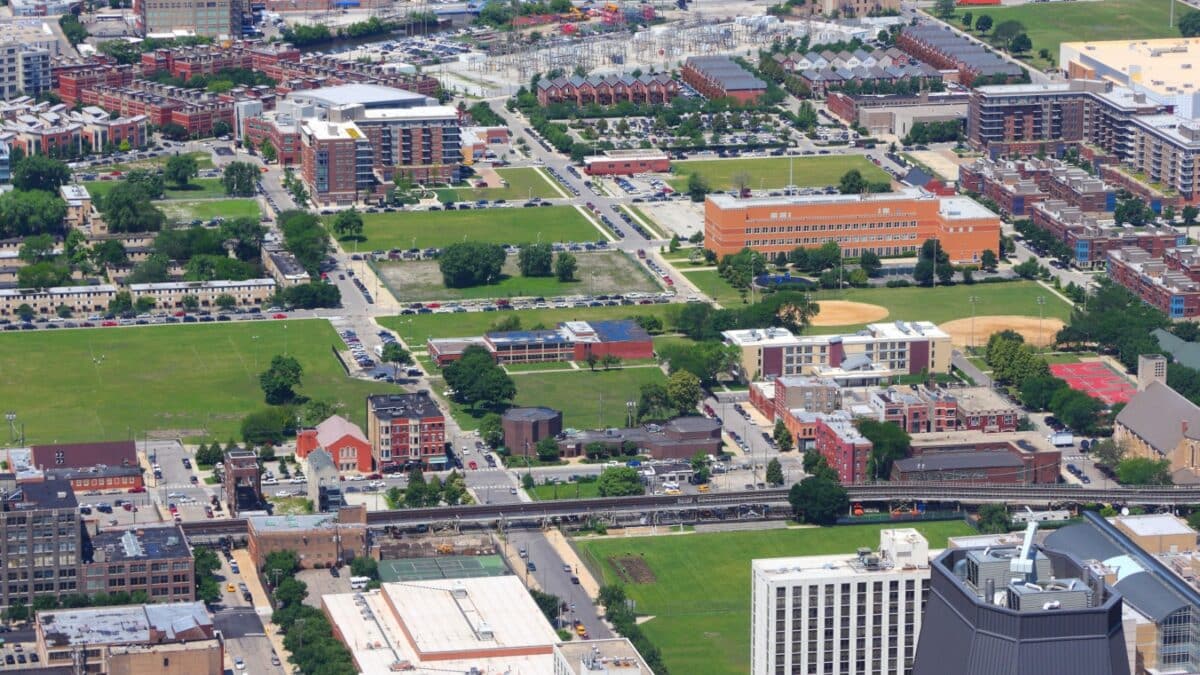
Cabrini-Green’s reputation might sound like a horror story, with dark alleys and a notorious “Death Corner” from its crime-filled past. But times have changed dramatically.
Since 2015, the Chicago Housing Authority has been redeveloping the area into a vibrant, safe part of the city’s near northside. Streets are well-lit, and you can easily walk to restaurants and grocery stores. It’s definitely moved beyond its rough past and is now a lively, updated neighborhood.
Corktown, Detroit, Michigan
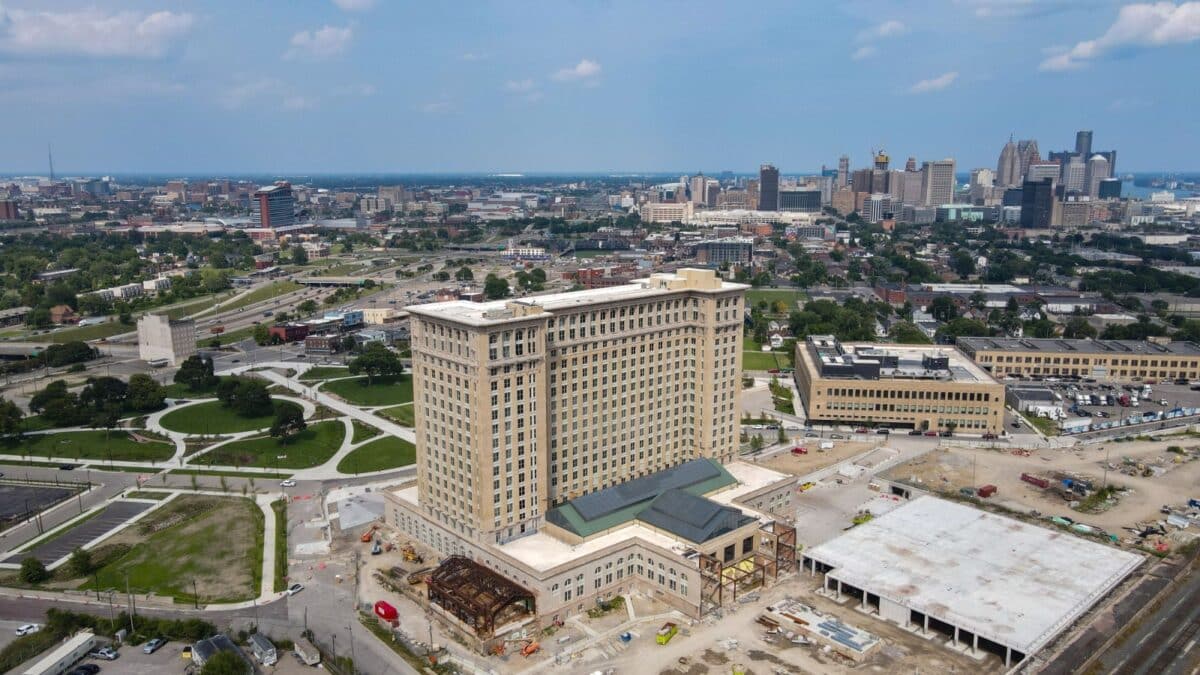
Detroit’s crime rate is insanely high at 66 crimes per 1,000 residents, but according to NeighborhoodScout, Corktown stands out as a surprisingly safe spot in the city. Despite some misconceptions about its safety, locals have focused on improving public spaces and amenities, not just security.
This historic neighborhood, right next to Ford’s new tech hub, is buzzing with excitement. With rising home prices, charming Victorian townhouses, and easy access to downtown, it’s becoming a hot spot. Plus, you’ve got great food from Grandma Bob’s and Slows Bar BQ right in the neighborhood.
Pearl District, Portland, Oregon
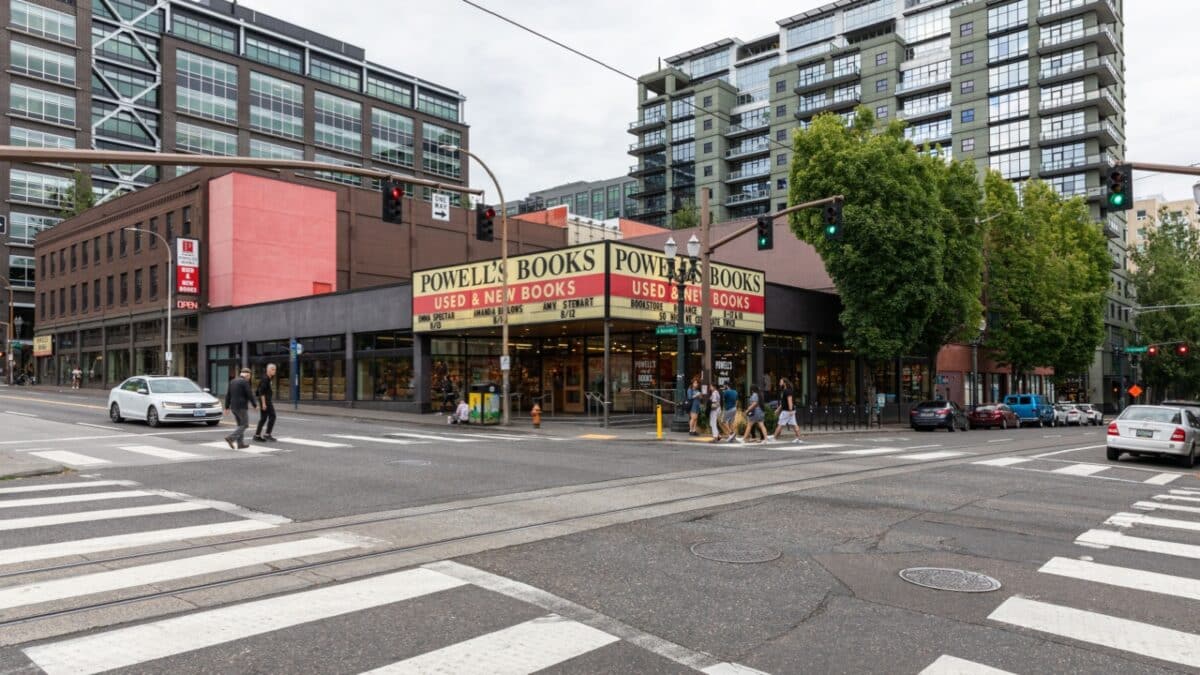
People in the suburbs often have wild misconceptions about nearby cities. Some areas of Portland, for instance, might seem like a dangerous, unlivable place to some, but that’s not the full story.
The Pearl District does see some property crime, mostly stolen cars and bikes, but it’s still a great place to live. It has modern condos, chic boutiques, and art galleries and stands among Portland’s safest and trendiest neighborhoods. Yes, there are some homeless camps around, but that doesn’t mean the area isn’t safe or welcoming.
Lewiston, Maine
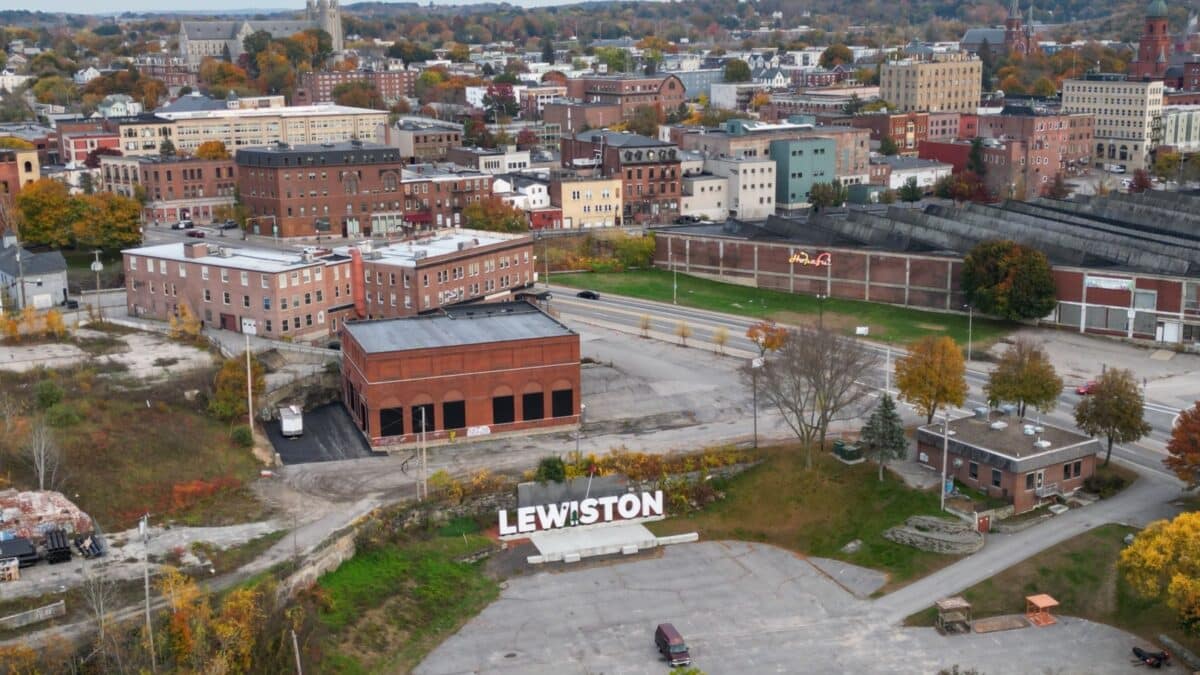
Lewiston might seem a bit rough by Maine standards, but with a low crime rate of just 2.62 per 1,000 residents, it’s not as high as other U.S cities.
This charming city, known for hometown hero Patrick Dempsey and the Blue Devils soccer team, blends small-town charm with some city perks. While it might not be the top spot for a month-long Maine tour, it’s a solid base for exploring both the coast and mountains. The northeast part of Lewiston is especially safe and welcoming for residents.
Deep Ellum, Dallas, Texas
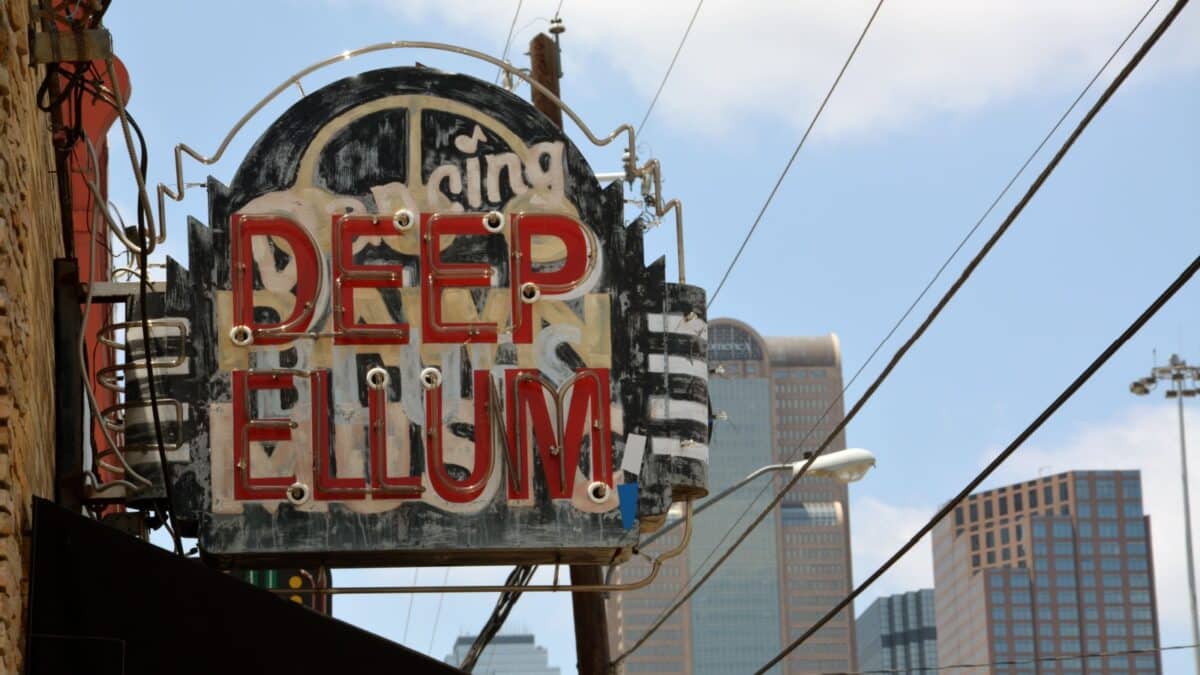
Dallas can be a bit tricky when it comes to safety since almost every neighborhood has its rough spots. Deep Ellum is a vibrant area with cool murals, live music, and artsy vibes. It’s great during the day, but if you’re hitting the bars, it’s best to head out before the last call and avoid wandering around after 2 a.m.
Deep Ellum has undergone a lot of gentrification and isn’t quite the same as it was 20 years ago. There are plenty of hotels downtown to make your stay comfortable and convenient.
Inglewood, Los Angeles, California
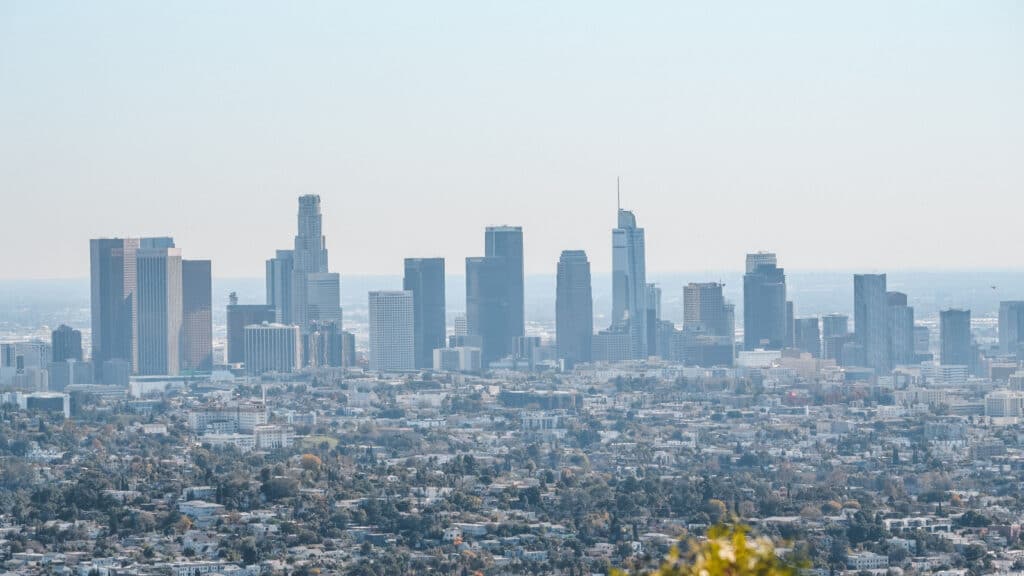
In the 1990s especially, South Central Los Angeles was nationally associated with gangs, gangster rap, and the 1992 L.A. riots, which involved the neighborhood of Inglewood. But a lot has changed in 30 years.
If it were really unsafe, would so many people be flocking there? Inglewood, with the LA Rams’ shiny new $5 billion SoFi stadium, can definitely test your patience with event traffic, but safety is improving. Over the years, crime rates have dropped thanks to better community programs. It’s safer than it was in the 90s, though it’s always smart to stay aware, avoid trouble, and lock up your car and home.
Naperville, Illinois
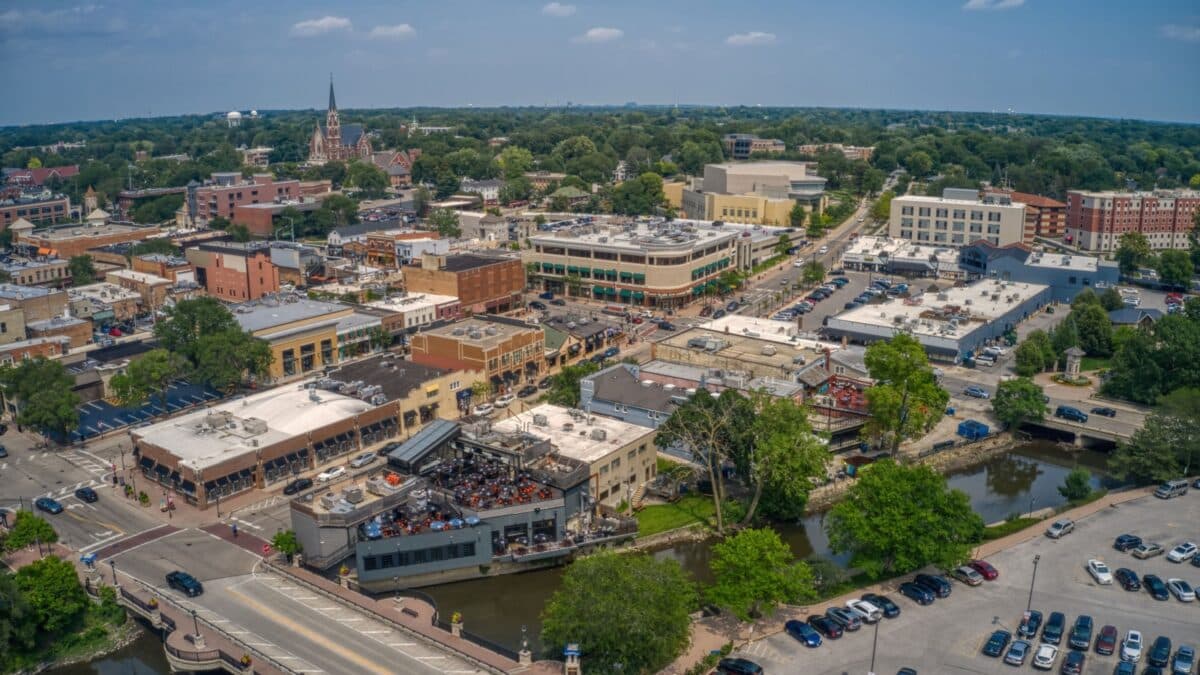
Although Naperville is a suburb of Chicago, one resident reported that outsiders think he’s from a war zone when he says he’s from there—thanks (or no thanks) to Chicago’s bad rep. But this is far from the truth.
Naperville is the eighth-safest city in the U.S., with a low violent crime rate of 0.5 per 1,000 residents. It’s perfect for anyone craving a classic suburban vibe. In fact, the area is so safe and charming that The Chicago Tribune featured Naperville for its “white picket fence” appeal and the quirky pastime of naked gardening!
Charlotte, North Carolina
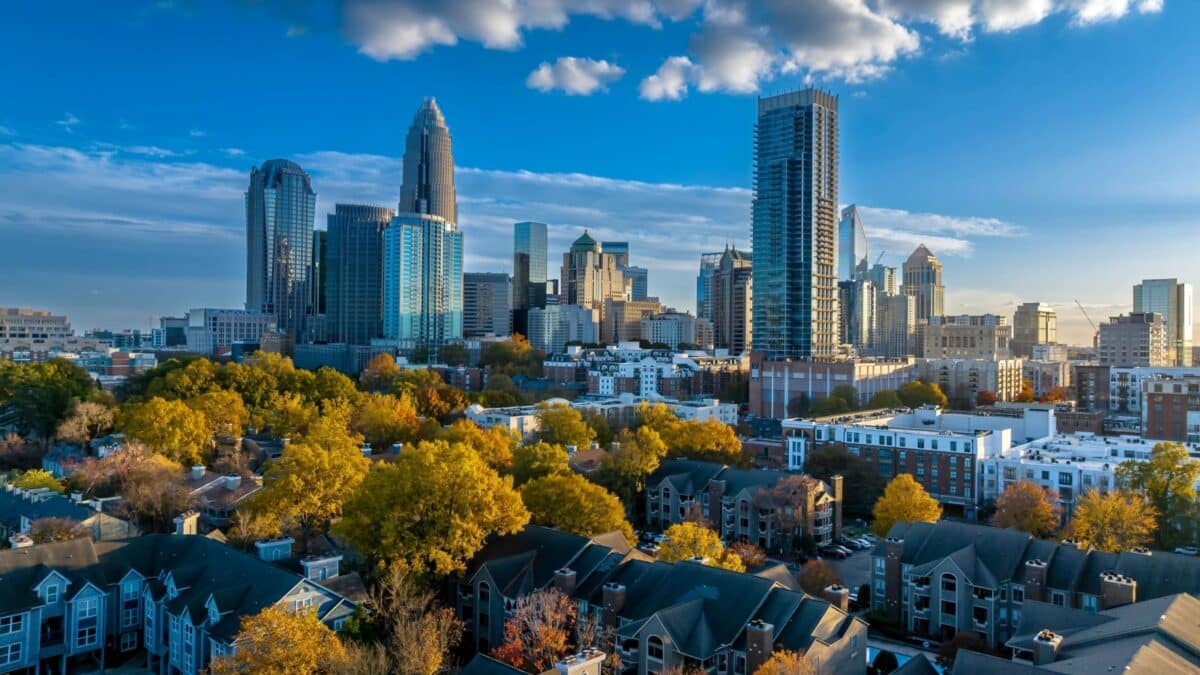
You might have caught news reports about random shootings and homicides, but Charlotte’s crime level is pretty standard for a city its size.
Many neighborhoods in Charlotte are actually quite safe, with crime rates below the national average. You’ll find friendly communities, affordable housing, and excellent schools. Just keep an eye out for areas like Pinecrest, Lincoln Heights, Lakewood, and Tryon Hills, which are rougher spots.
University Park, Los Angeles, California
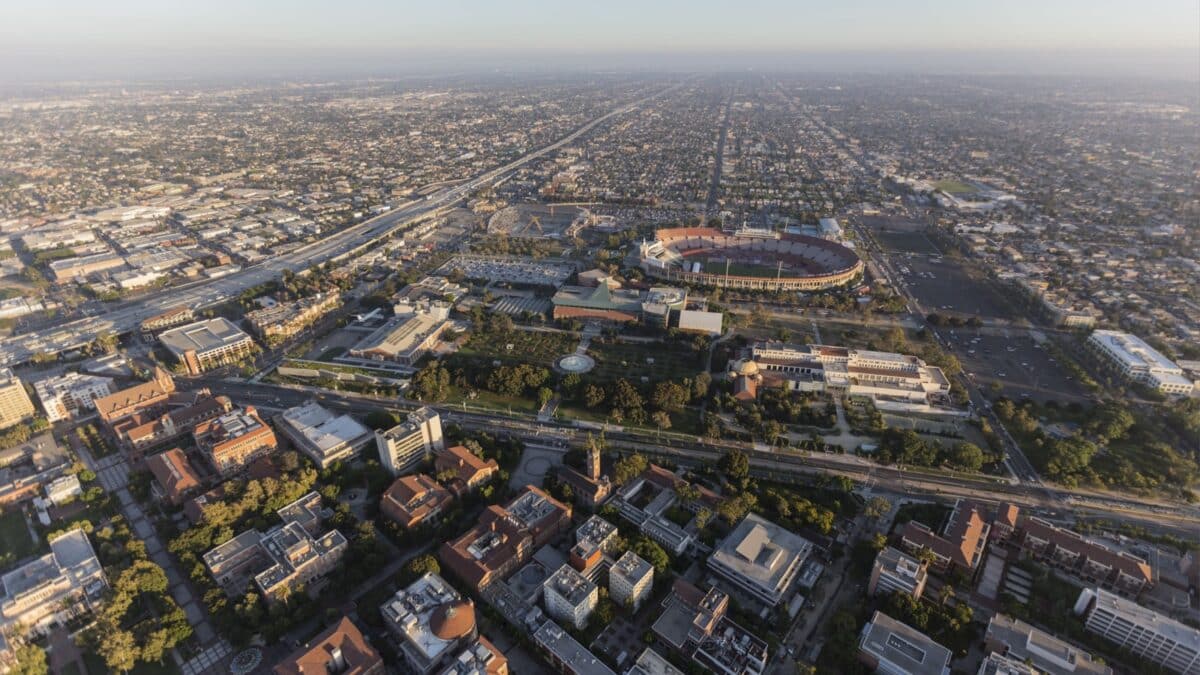
Is the area around the University of Southern California (USC) really as rough as people say? It might have been in the 1980s, but it’s changed a lot.
Crime rates around USC are pretty standard for a big city, and with so many students around, it’s actually safer than you might think. Sure, there’s some crime, but with heavy campus security and support from the Los Angeles Police Department, it’s quite secure. Just don’t go looking for trouble, and you’ll likely be perfectly fine.
Source: Reddit
These 10 U.S. Cities Are Surprisingly Safer (or Riskier) Than You Think
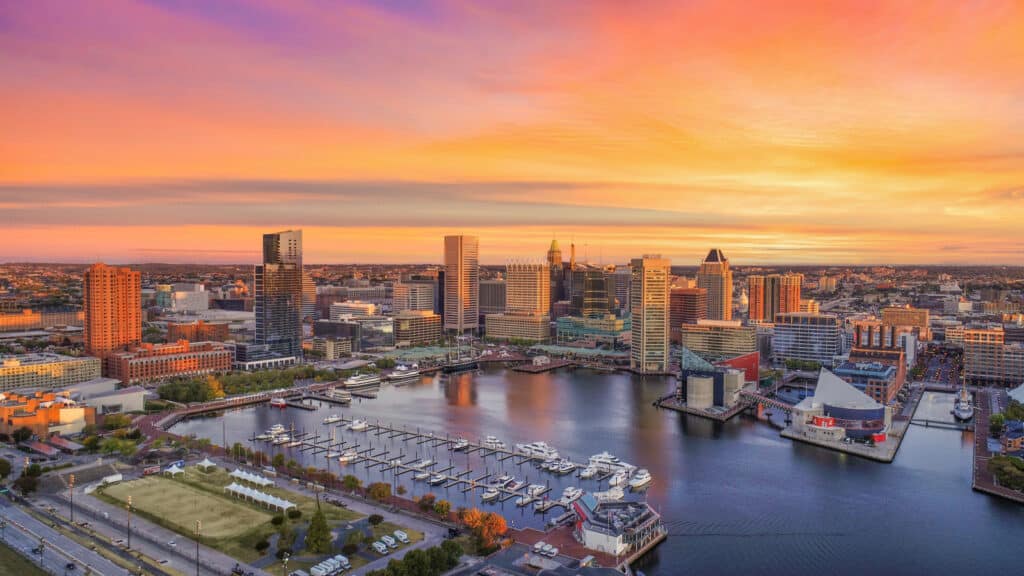
There’s no one-size-fits-all answer to the question of safety—it’s all about perspective. What one person considers dangerous, another might shrug off. Safety in a city can change rapidly, so it’s always wise to get the latest scoop. Want to know what some Americans think? Here’s what some locals on a recent message board had to say.
Read more: These 10 U.S. Cities Are Surprisingly Safer (or Riskier) Than You Think
12 of the Most Underrated Cities in the U.S. Americans Say To Add to Your Bucket List
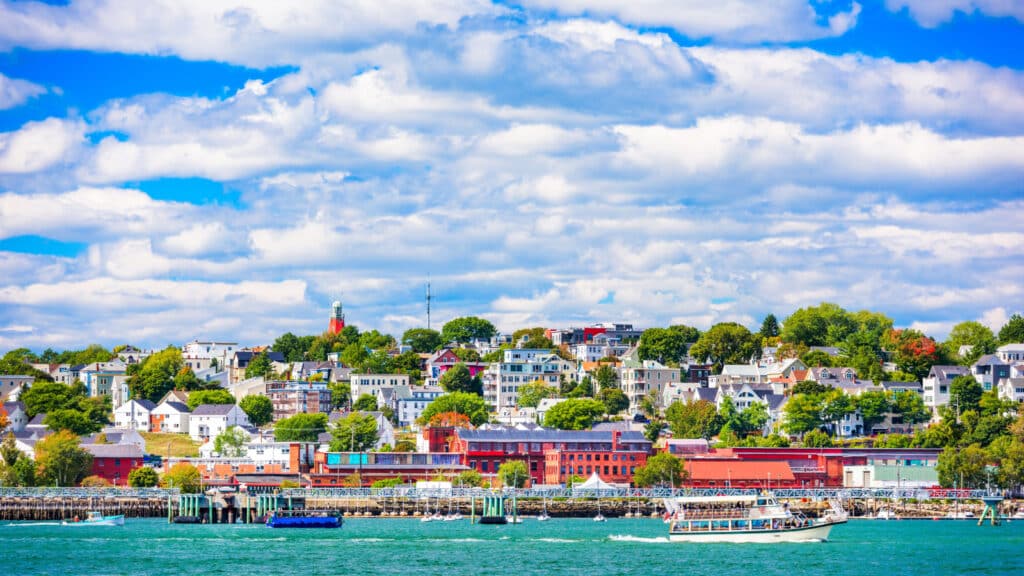
There are a number of American cities that you hear about over and over again, like New York, Hollywood, and Miami. What about the cities you never knew would knock you off your socks? Users in an online forum rated this list of hidden gems across the USA as the most underrated places to visit. They’ll surprise you with their incredible attractions, tasty food, and natural beauty.
Read more: 12 of the Most Underrated Cities in the U.S. Americans Say To Add to Your Bucket List
10 of the Rudest Cities in the U.S. According to Residents
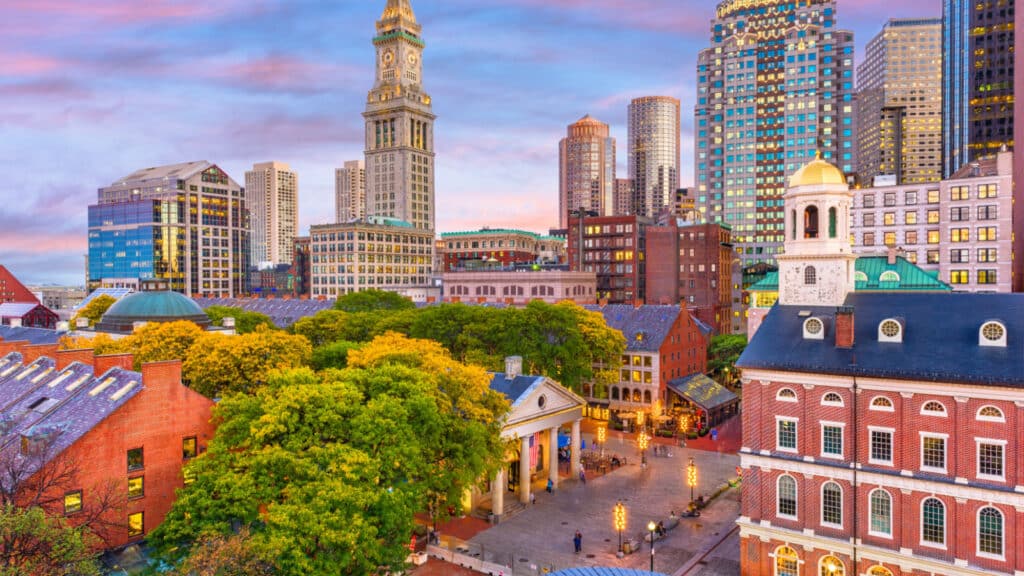
Preply, a language learning platform, recently surveyed over 1,500 residents of the 30 largest metropolitan areas in the U.S. and asked them about the rudeness level of their city. They did this to help travelers determine what to expect when visiting. In this article, we’ll discuss what Americans consider the rudest cities in the country and why.
Read more: 10 of the Rudest Cities in the U.S. According to Residents

